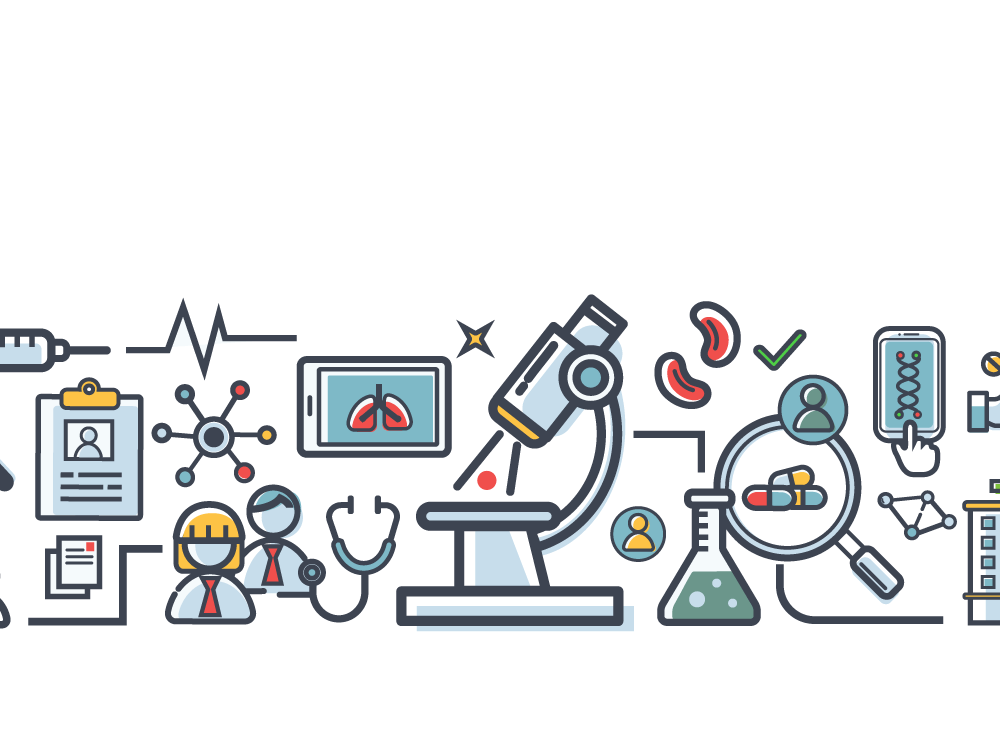Funding will support research to create an in vitro/in silico model to accelerate generic drug product development designed for oral cavity administration.
Dr. Giovanni Pauletti, Gustavus and Henry Pfeiffer Chair of Pharmaceutical and Administrative Sciences, professor of pharmaceutics and associate dean of graduate studies at the University of Health Sciences and Pharmacy in St. Louis (UHSP), has received a $1.2 million contract from the U.S. Food and Drug Administration (FDA). The funding will support Pauletti’s work to develop a computational tool with the potential to accelerate the development of generic forms of medications which are delivered through the oral cavity.
Over the past five years, Pauletti has been conducting research to examine how in vitro systems could be used in conjunction with pharmacokinetic modeling in drug development. Utilizing this three-year FDA contract, Pauletti will further extend his research by developing an in silico computer modeling and simulation platform with the capability to predict drug concentrations in human subjects for generic formulations after administration to the oral cavity without the use of clinical trials.
“Through in vivo studies, generic drug developers measure the blood levels of medications at various times in real people to ensure that the generic product is bioequivalent to the already approved innovator product,” Pauletti explained. “These studies take a significant amount of time and are very expensive, so what we’re hoping to do is evaluate bioequivalence though other types of studies with a combination of computer simulations informed by results from in vitro experiments. This approach will utilize mathematical equations that we would validate, and these equations will provide us with data similar to what in vivo studies would offer. If we’re successful, this may be a way to get certain drugs, including those that can be delivered through the oral cavity, on the market as generics without in vivo studies, which means more rapid access to generic products for patients.”
Making Medications More Readily Available
Pauletti’s contract comes from the FDA’s Office of Generic Drugs, which works to ensure—through its scientific and regulatory process—that the U.S. population has access to safe, effective and high-quality generic drugs. In recent years, the organization has been particularly focused on improving physiologically based pharmacokinetic models of drug absorption via complex routes of delivery, including administration via the oral cavity, nose, eye and lungs.
Most drug development outside of the United States focuses on generics, since this requires fewer resources, Pauletti pointed out. Rather than performing extensive clinical trials to determine the safety of existing drugs, generics researchers can rely on information gathered from other countries and scientists. This enables development of a generic version for the local market faster and cheaper. Depending on where the generic development is taking place, it may be the only opportunity that patients have to gain access to certain effective medications. In contrast, many companies based in the United States invest more resources for new drug development over generics. While patients benefit from the discovery of novel therapeutics, new drug development is a costly endeavor that many countries cannot afford.

